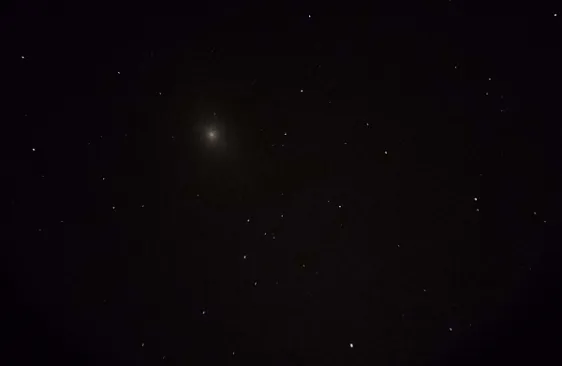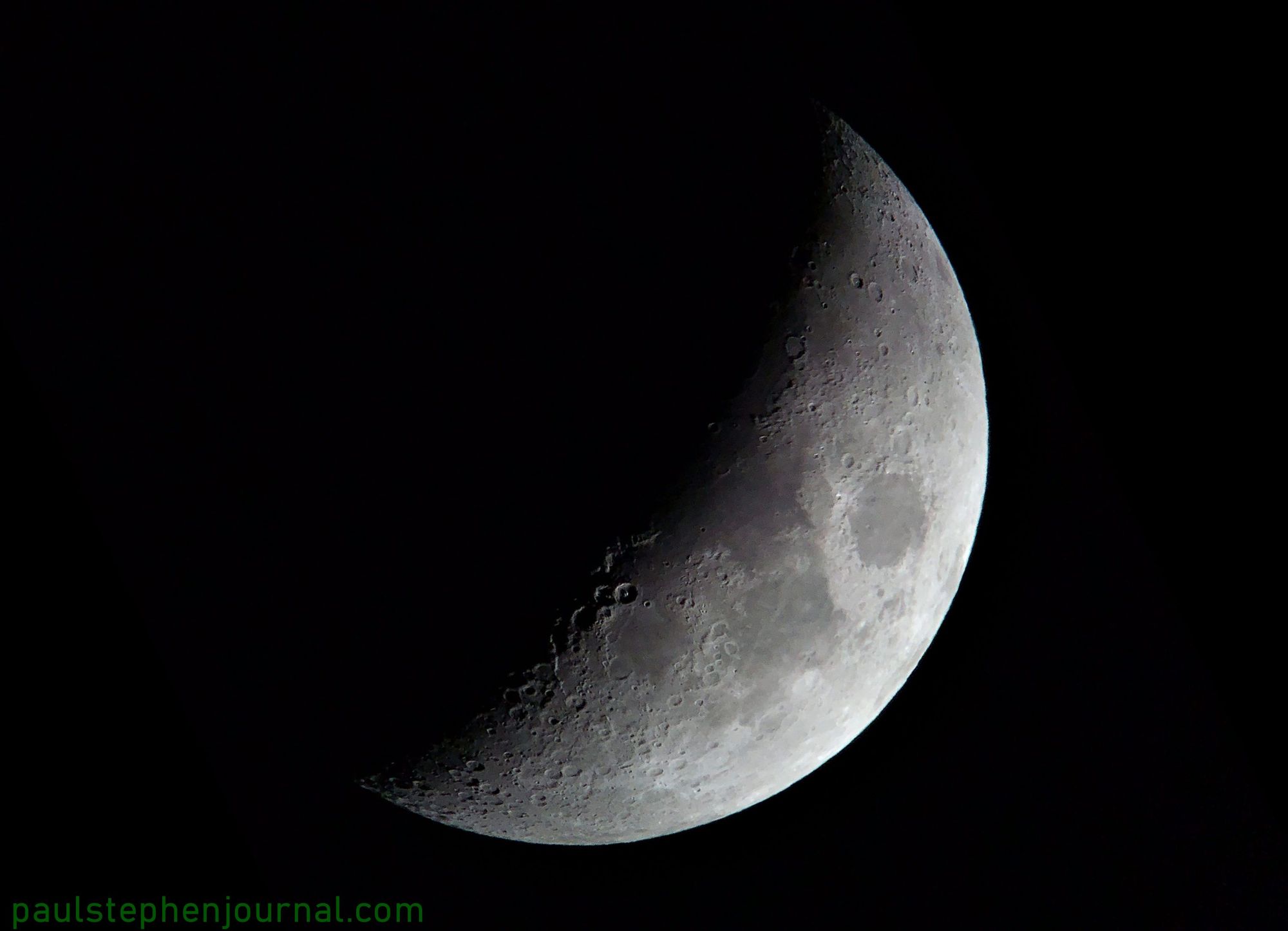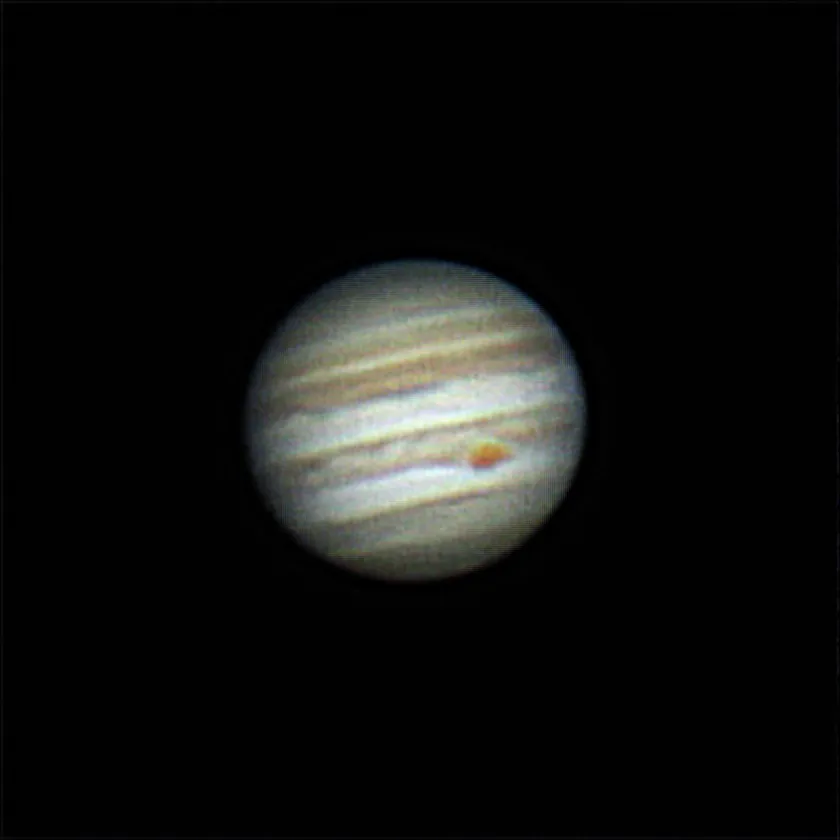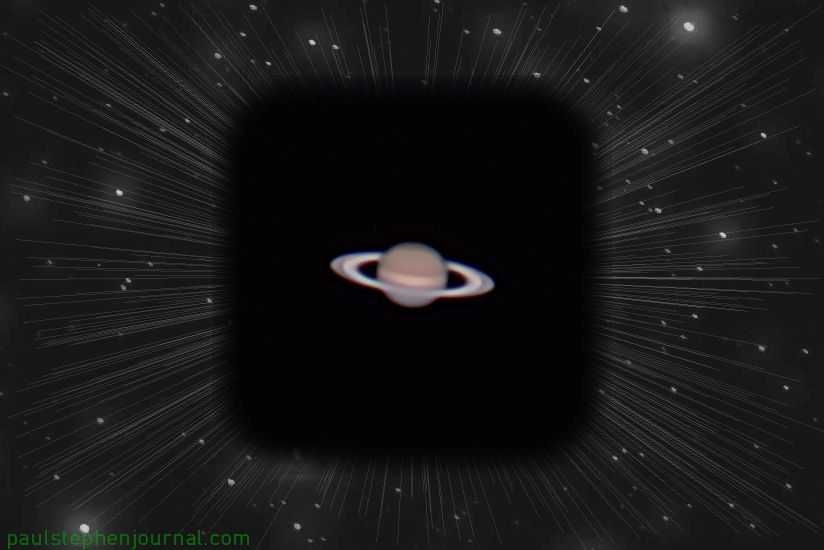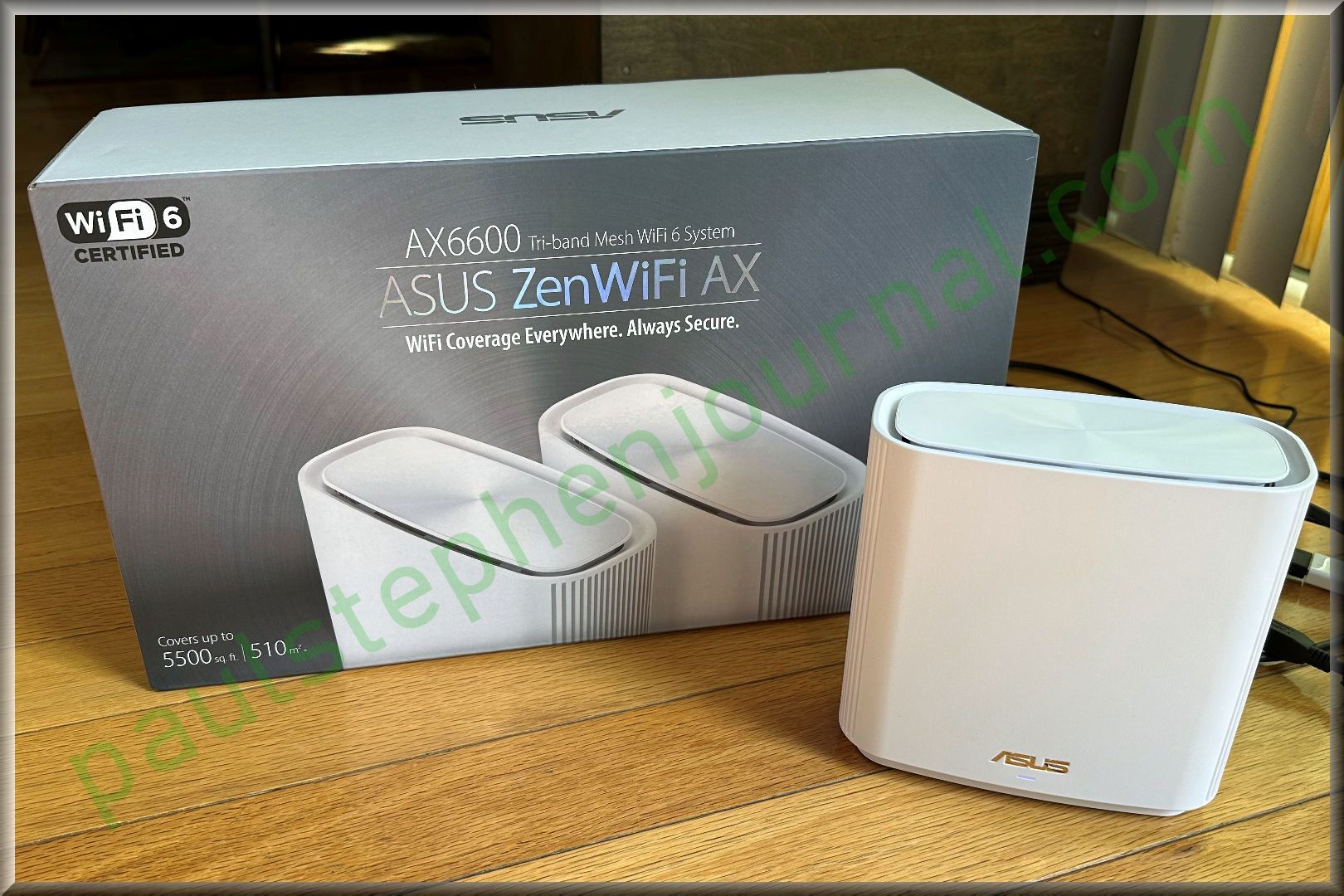Since I bought my first real telescope earlier this year, I have attempted to push the limits of both the equipment and my own novice understanding of astronomy. A modest 5-inch telescope, I felt and later confirmed, would be enough to get me started (or rebooted, after 30 years) with the hobby.
The Moon and planets, and the Sun with a filter, have been the easy targets. For the most part, they are big and/or bright and not hard to find once you research a little and learn the elliptical flow of our Solar System in the night sky. It was fun to anticipate the high and bright light of Jupiter, and now just a tad depressing since it is currently masked by its proximity to the Sun. Mars and Saturn are still out but there too, falling towards the Southwest horizon earlier and earlier (although that tricky Mars is now slingshotting eastward, so I guess it will stick around a bit).
With “planet season” ending, I started to wonder about the rest of the night sky. Nebulae and galaxies have always been in the back of my mind, and now with Fall underway, I revisit contemplating them. The big show in the Northern Hemisphere is, of course, Orion, now working its way earlier and earlier into the darkness. Just this morning, I was up at 5am and caught a beautiful framing of Orion, belt and sword and all. Can’t wait to observe it more closely in the upcoming Fall and Winter months!
Imaging and telescopes almost go hand in hand these days, especially with the ease of photography via smartphones. I made a conscious decision, shortly after buying my telescope, to not go down the path of spending thousands of dollars on bigger apertures, equatorial tracking mounts, and all sorts of DSLR and webcam accessories. Instead, I want to first learn about sky. I would rather be able to identify planets, stars, and constellations than to take photos and not really understand what I am shooting. Naming the evening’s bright stars and planets is enough to start a conversation with your neighbors and passerbys.
Still, it was too tempting to not photograph the Moon, Sun, and bright planets, so I did it with a smartphone mount and my phone. I also learned how to post-process astronomical videos to stack images for a composite pictures. More on this in future posts.
Again, the planets are easy, but what about photographing deep sky objects (DSOs)? Having a GoTo tracking mount, not an equatorial, I cannot smoothly track the sky over long periods. And a smartphone is not ideal equipment for DSO astrophotography regardless.
Nonetheless, in the spirit of pushing the bounds, this month I have photographed the Ring Nebulae, cluster in Hercules, Eagle Nebula, and the Cat’s Eye Nebula. Only Ring and Cat’s Eye were more than a compact cluster of stars, with Ring showing its obvious shape:
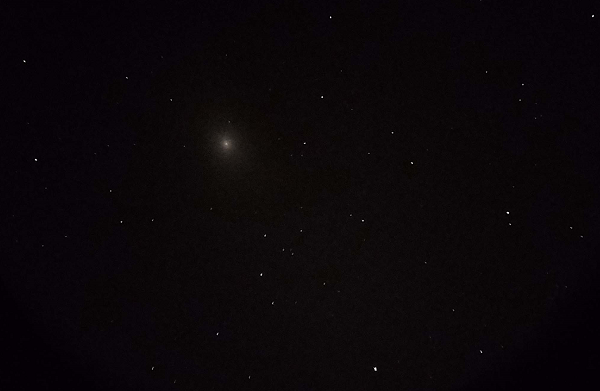
Lately, I have been tracking the Andromeda Galaxy. It is a bright gray space through both my binoculars and telescope, but it is definitely visible. Given these apertures and modest light pollution, I suppose this is the best I can get, though I do plan to keep observing to see if I can ascertain any details of such a large deep sky object.
The image at the top of this post was stacked from a bunch of smartphone still frames with exposures of no more than than 4-8 seconds. Star trails become very visible when exposed for any longer. Someday, with a larger telescope, perhaps I will capture details of Andromeda beyond its bright center. Alternatively or concurrently, perhaps my astrophotography skills will improve while leveraging my modest scope and afocal setup.



